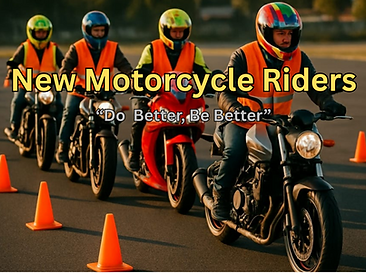Rev matching: Mastering your motorcycle.
- NMR

- Apr 10, 2024
- 2 min read
Maybe you've heard of it but what exactly is it?
Motorcycle rev matching, also known as throttle blipping, is a technique used by riders to synchronize the engine speed (rpm) with the wheel speed during downshifts. This technique is primarily employed in motorcycles with manual transmissions.
When downshifting, the engine speed needs to match the wheel speed to avoid sudden jerks or instability in the motorcycle. Rev matching involves briefly increasing the engine speed by "blipping" the throttle just before releasing the clutch lever to engage a lower gear.
Here's how motorcycle rev matching works:
1. Approaching a Downshift: As you prepare to downshift (shift to a lower gear), you first pull in the clutch lever to disengage the engine from the transmission.
2. Throttle Blip: While holding the clutch lever in, you quickly blip the throttle by rolling it forward to increase the engine speed. This blip should be brief but sufficient to raise the engine speed to match what it would be in the lower gear.
3. Downshift: After blipping the throttle, you smoothly shift down to the lower gear using the gear lever. Simultaneously, you release the clutch lever gradually to engage the lower gear smoothly.
4. Smooth Transition: By matching the engine speed to the lower gear, the transition becomes smoother, reducing the risk of rear-wheel lockup or instability. It helps maintain traction and control during the downshift.
Rev matching is especially useful during aggressive riding, such as on the track or when navigating twisty roads, as it allows for seamless gear changes without upsetting the balance of the motorcycle. It also helps prolong the life of the clutch and transmission components by reducing wear and tear.
While rev matching requires some practice to master, it can enhance your riding experience and improve your overall control of the motorcycle. It's important to practice in a safe environment before applying the technique in real-world riding situations.





.png)



Comments